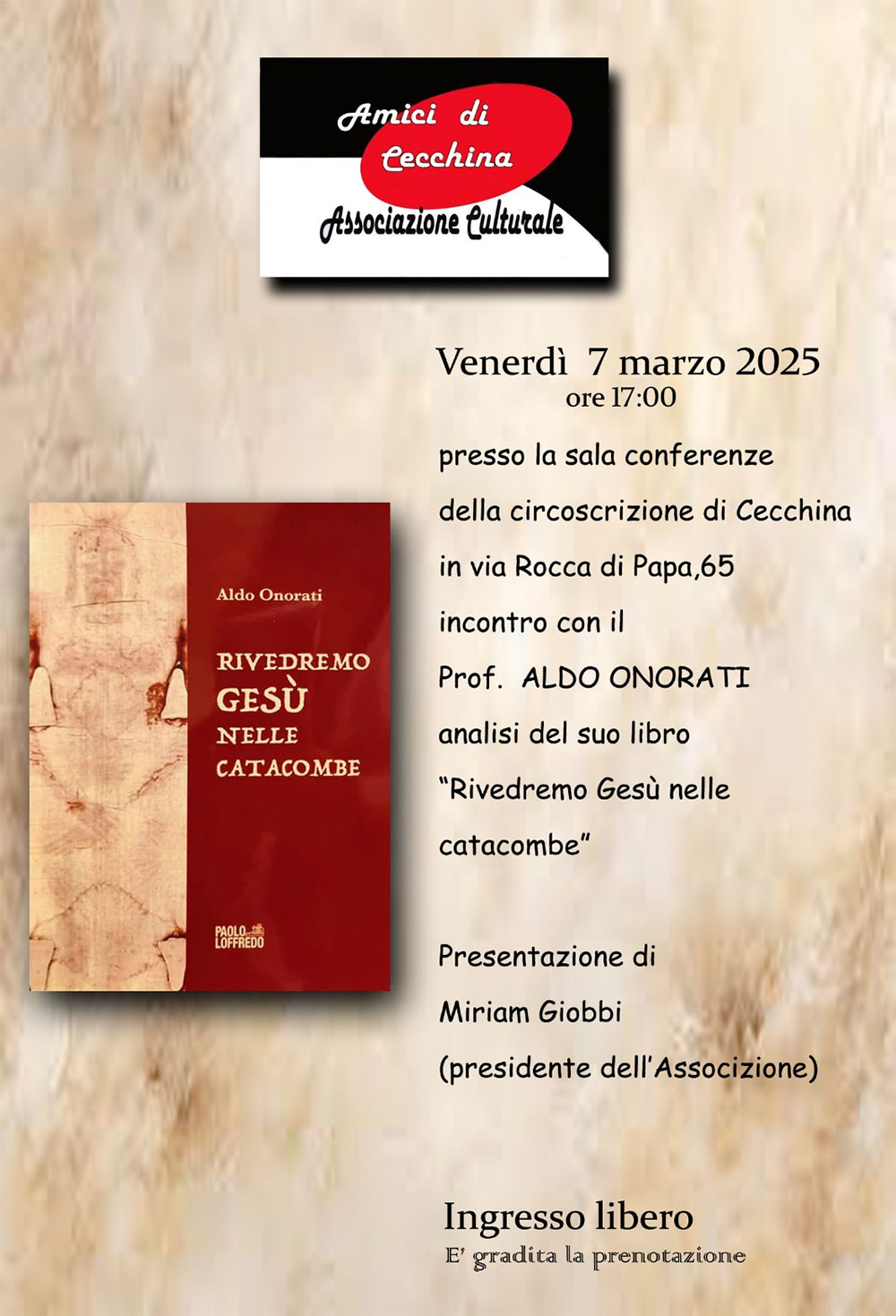 Paolo Loffredo, sixth generation of a large family of publishers and booksellers engaged in the production and distribution of books since the late nineteenth century, creates in 2012 the new editorial company Paolo Loffredo Editore. The historical site was until the '80s in the heart of the historic centre of Naples in Via San Biagio dei Librai, lower Decumano and also known as the SpaccaNapoli.
Paolo Loffredo, sixth generation of a large family of publishers and booksellers engaged in the production and distribution of books since the late nineteenth century, creates in 2012 the new editorial company Paolo Loffredo Editore. The historical site was until the '80s in the heart of the historic centre of Naples in Via San Biagio dei Librai, lower Decumano and also known as the SpaccaNapoli.
At the beginning of the twentieth century, Giuseppe Loffredo decided to add book selling to the book production, which definitively imposed itself after World War II with the publication of manuals for the University and for the School that succeeded in establishing themselves soon throughout Italy.
LAST EVENT
"Rivedremo Gesù nelle catacombe"
07 Marzo 2025 - Sala Conferenze circoscrizione di Cecchina - via Rocca di Papa 65, Albano Laziale (RM) - ore 17,00

Il contagio e la parola onesta - Interpretare Boccaccio
ISSN: 2611 - 1489
Language: Italian
Publisher: Paolo Loffredo Editore Srl

Description
Il contagio e la parola onesta - Interpretare Boccaccio
The Decameron originates from a getaway: ten young women and men move away from Florence, tormented by the plague, to try and save themselves from the threat of contagion.
There are many possible explanations of the choice made by the “honest group”, such as surviving strategy, social experiment, social refounding project.
In this book Carmelo Tramontana faces the theme of the symbolic contagion the young are trying to neutralise thanks to an antique and yet unexpectedly modern for the plague time: reconquering human life using literature, inventing, narrating and interpreting facts, events, existences. The analysis is conducted through the pages of the Preface, the Introduction and the Conclusion of the masterpiece by Boccaccio’s, using as well emblematic novels (such as Ciappelletto e Griselda, the first and the last from the book Galeotto) and the laboratory of Boccaccio, in which Dante and his model are central.



